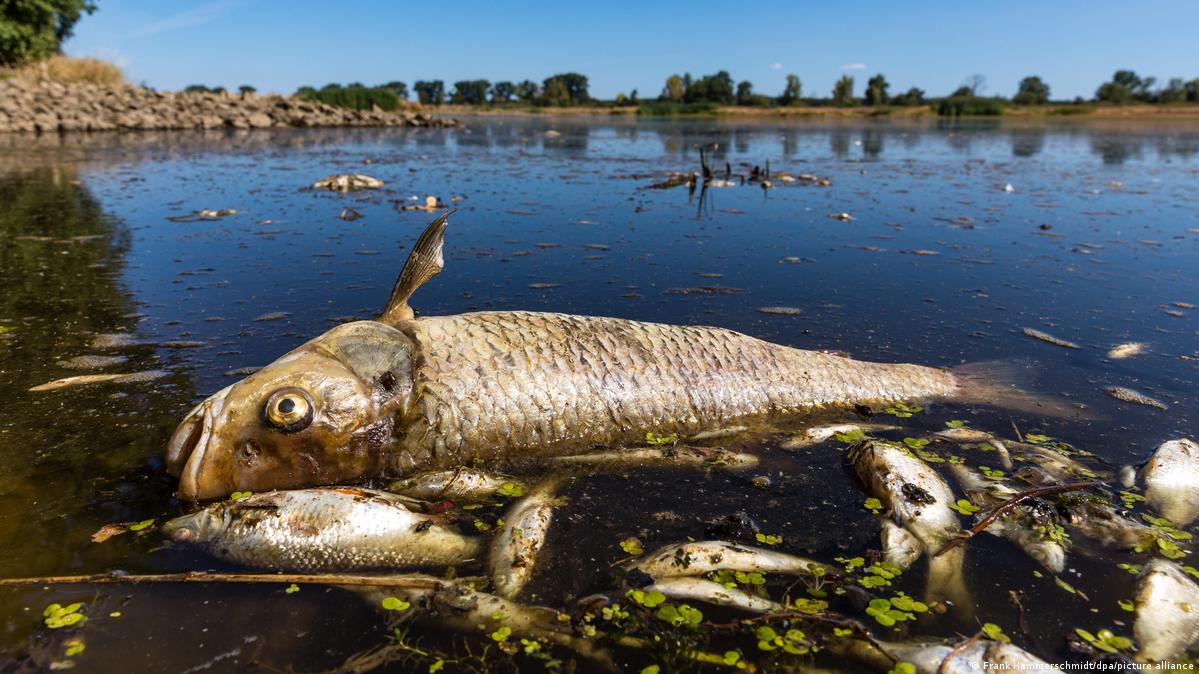Touch Tank Meaning - "Touch tanks" are as cute as they sound: small, shallow prisons that offer marine animals no way out and can be held, poked and prodded without the constant hindrance of human hands. No one would choose to stop what a near stranger wants to do for them - including animals.
When animals are washed in touch tanks at marine parks like SeaWorld, or aquariums like SeaQuest, bacteria from the person's hands contaminates the tank, which can be dangerous for the fish inside. Fish and rays have a natural mucous coating on their skin that protects them from parasites. Human contact can break this barrier, leaving them vulnerable. Their health deteriorates when they are unable to engage in their natural behaviors. In the wild, they will freely swim, dive, socialize, forage, and run or hide when they feel threatened. In prison, these options are taken away from them.
Touch Tank Meaning

The aquatic animals used for these shows are often forced to spend their entire lives there, swimming in tight enclosures. They are exposed to loud noises, people screaming, and food, drink and other potentially dangerous things thrown into their enclosure.
Exploring San Diego Mpas!
Stingrays tend to shed their barb tissue every few weeks, putting them at risk of infection or serious injury.
Within a month of SeaQuest's grand opening in Folsom, California, a stingray died. The animal was found dead in a touch tank
- No employee - saw him or her lying lifeless, partially buried under sand. In addition, hundreds of fish died during transport to SeaQuest Littleton in Colorado, and former employees at SeaQuest Las Vegas claim that hundreds of animals died there.
At SeaQuest's Colorado location, at least 41 people have been injured by animals in less than a year, including a shark bite and a stingray barb that got stuck in one person's arm. Three of the reported injuries came from puffer fish, whose bites can release a dangerous neurotoxin that can cause numbness and breathing problems — symptoms that at least one bystander suffered, and a call 911 as a result. Additionally, the USDA cited the SeaQuest site. in Fort Worth, Texas, to allow members of the public to interact with the Asia Minor Cage without proper obstruction, resulting in two injuries per month to visitors.
Book Tickets For Deep Blue Dinner At The Two Oceans Aquarium
The Touch Tank exhibit teaches children that wild animals are toys that are manipulated and tortured against their will for human entertainment. Please do not purchase tickets that keep touch tanks in business. And ask malls across the country to stop featuring SeaQuest - an aquarium famous for animal husbandry - on their properties.
Keep up to date on vegan trends and get the latest animal rights news straight to your inbox!
"Almost all of us have grown up eating meat, wearing leather, and going to circuses and zoos. We never consider the effects of these actions on the animals involved. For whatever reason, you now ask: What why should animals have rights?more

Text UGLY to 73822 to tell UGGs to adopt vegan products and stop supporting the slaughter and violent slaughter of sheep!
Pepsico Takes $550 Million Stake In Energy Drink Maker Celsius
Terms for automated texts/calls from: http://.vg/txt. Text STOP for the end, HELP for more information. Message/data rates may apply. In the United States only, touch tanks are shallow water tanks, usually elevated so that the public does not have to stand, that contain animals and plants from the aquatic environment (usually local) that the public can touch and/or examination. Touch tanks can be found at various aquariums, nature centers, zoos, pet stores, pet supply places, and even the Tampa Bay Devil Rays baseball field (their radiant touch tank is 35 feet long, and holds 10,000 gallons) .
Stationary Touch Tank: Must be a self contained closed loop system, not connected to other tanks. Must have underfloor and diatom filters, as well as UV light and/or ozone sterilization (all tank support equipment must be located under the touch tank, or otherwise out of public access/sight). The tank should not be wider than twice the length of an average human hand (assuming that people have access to both sides of the tank) to facilitate gathering of animals in the tank. The inside of the tank should have rounded corners so that the animals do not stick together and eat enough to damage the filter screen. The drain pipe should be larger than the inflow pipe so that water does not properly back up in the touch tank. Water depth should be shallow so that as little human hands as possible enter the water (less contamination of tank water from human skin care products and less surface area of the human body for possible entry of bacteria into the water). It should be shaded from the sun (or lots of light) so there is no algae problem, or water overheating problem. The color should be light (pastel colors are usually best) the inside of the tank does not absorb as much heat, and the organisms are easy to see. The tank should have a shallow substrate so that animals are not buried too deep and are not available for inspection and people do not disturb the tank dirt by digging. The surface of the tank should be smooth to facilitate cleaning. The electrical wiring support system must have a ground fault interrupter. Water tanks should have holding trays to keep extra show animals in stock, or to isolate stressed animals from public handling. Concealed reservoirs should be ventilated, so that aerosols are not created close to people. Aquascaping, substrate, animal exhibits, and tank surfaces should not have sharp parts that could cause human injury (entry point for bacteria).
Portable Touch Tank: Must be lightweight for easy handling/carrying to school classrooms, festivals etc. There may be different plastic containers in which animals are transported and displayed. There should be less water, so the animals in the tank draw water according to their movements and thus add oxygen to the water. If possible, run the tank water through a UV light sterilizer while the public is using the portable tank. If not possible, filter the transport/display water with a diatom filter and sterilize it with UV light before transporting and setting up the portable touch tank.
Use animals that do not normally harm humans during washing: eg, for the Gulf of Mexico region, anemones, tunicates, sea stars, urchins, snails, conchs/whelks, mussels/clams/oysters, hermit crabs, crabs mud, horse crabs, some examples of animals are stingrays with their barbs carefully removed, small nurse sharks, various jellyfish, slippers, puffers, spiny boxfish, cowfish, hogchokers, and small flounder. Any animal that can be poisoned, beaten, pricked or injected with poison should not be used. Use trimmed or trimmed beams. Use tough animals that resist being lifted, touched, etc. Use animals with hard noses that are less prone to injury. Such animals will vary according to the habitat represented by the touch tank (freshwater, marine, marine) and will vary according to the geographical location and the species present.
Vision In Fish
Since handling can stress animals, some organizations move touch tank animals. Other places have two touch tanks, and the tank is open to the public. Experience with different animals used in the touch tank will develop an understanding of when they are stressed/weak and should be taken out of the touch tank.
Bacteria in a touch tank can be found in a variety of places: in the water/substrate/filters, on organisms, tank surfaces, organic waste, etc., and anytime from the display organisms. Air, from the food of prey animals, from human hands, from human excrement and from various other sources. We are not concerned with waste that is oxidized by bacteria from biological filtration or other non-pathogenic bacteria, but with bacteria (pathogens) that can cause infection or disease in humans. Keeping the tank free of pathogens is not easy. We can sterilize the water in a tank with UV light or ozone, but we cannot sterilize the surface of the tank, the surface of the organism, the substrate, the internal parts of the organism, the waste material of the organism, etc. to sterilize with water sterilization units Use it to get rid of bacteria without causing great discomfort. (or death) by using high levels of ozone to show animals or to destroy biological filtration bacteria. If the bacteria are not put through the UV light sterilizer with the tank water, they are not killed. But if we can sterilize the water that people put their hands in, the chance of human infection is reduced.
One of the most dangerous bacteria that can get into a touch bath is Vibrio vulnificus. Other pathogenic bacteria that may be present are Mycobacterium marinum, Mycobacterium chelona, Mycobacterium shotsi, Vibrio parahaemolyticus, Vibrio damsella (= Photobacterium damsella), Vibrio spp., Salmonella spp., Erycusepathiapthoprip. and streptococciopathy. The main bacteria that can be dangerous to humans is Staphylococcus aureus. Other human bacteria can be introduced through contact with tank water. Various other potentially harmful bacteria (to humans) may be introduced to contact tanks through plants, animals, water, etc.

Touch tanks face the same problems as animals in zoos, where various types of bacteria (including faecal bacteria) can be transferred from animals to humans through contact and handling, which can cause illness or even death noticed.
Best Coffee Machines To Buy In 2023
Hanro touch feeling tank, aquarium touch tank, shark touch tank, touch tank animals, touch tank for sale, rays touch tank, nike touch tank, marine touch tank, touch tank, touch screen fish tank, different touch tank tops, finding dory touch tank
0 Comments